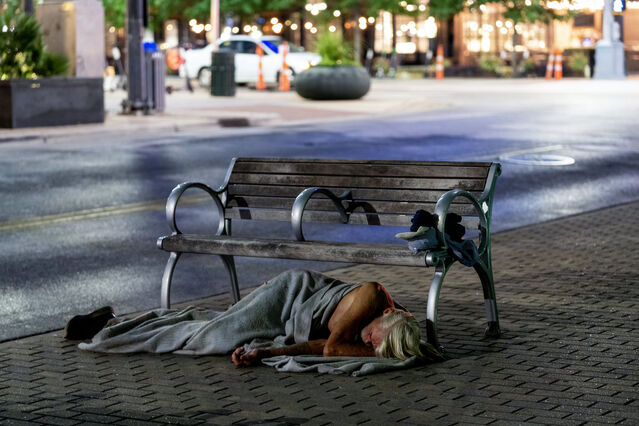
The Upward Trend in Older Adult Homelessness
Studies across the U.S. have shown a clear upward trend in the proportion of ‘older’ persons’ (aged 50-64) among the homeless population. This is a group which frequently falls between the cracks of governmental safety nets. They are not old enough to qualify for Medicare, subsidized housing or Social Security benefits, so any costly and unexpected circumstances can result in homelessness.
Older homeless adults have higher rates of geriatric syndromes like walking, vision and hearing issues.
Older homeless are likely to suffer from impairments resulting from depression or dementia, which can contribute to the worsening of their physical health.
In a 2004 survey, half of the recipients of Supplemental Security Income (SSI) that were 50 years and older had been living alone before losing their homes.
A person receiving SSI support would have to pay 112% of that income to rent a one-bedroom apartment, or 99% for a studio/efficiency apartment.







